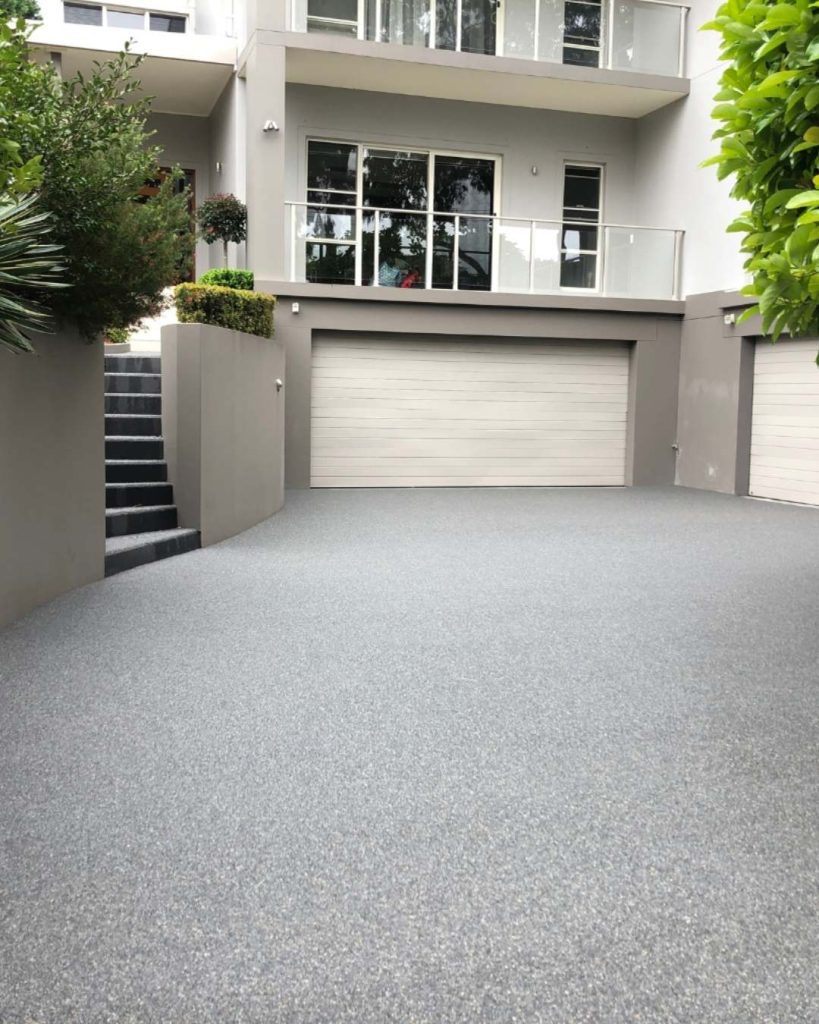A great majority of homes (designed & build) work against the climate, rather than with it. It has become imperative for building design to incorporate elements that create more sustainable development, and to minimize impact on the environment.
Sustainable residential design results in benefits for the householder, the community and the environment, including:
- Reduced energy and water costs in the home;
- Greater natural comfort and amenity for building occupants;
- Conservation of water supplies; and
- Reduced greenhouse gas emissions.
Sustainable Houses have listed some (7) key considerations that you should discuss with your Designer at an early stage, to ensure that your home is designed & constructed in a sustainable way.
It is much more cost-effective to plan for these features at the outset of planning your home, rather than seeking to incorporate them after the building is complete. Including these features will reduce your energy and water costs.
A SUSTAINABLE house or green home is a home that is highly energy and water efficient, thermally comfortable, and is constructed with sustainable materials.
What is Sustainable Design?
Sustainable Design (also called environmentally sustainable design, environmentally conscious design, etc.) is the philosophy of designing physical objects, the built environment, and services to comply with the principles of social, economic, and ecological sustainability.
Why Sustainable Design is important?
Green Building Design or sustainable design, is the practice of increasing the efficiency with which buildings and their sites use energy, water, and materials, and of reducing impacts on human health and the environment for the entire lifecycle of a building.
Sustainability is no longer a luxury; sustainable building design is a necessity. There are many different ways to make a building sustainable. Reducing energy needs and having renewable energy are at the core of sustainable design.
BUILDING ORIENTATION & LAYOUT
Properly oriented buildings take advantage of the sun’s seasonal movements by allowing the winter sun into the building to warm it and provide light, while minimising the effects of the hot summer sun.
WINDOWS
Glazing has a major impact on the energy efficiency of the building envelope. Poorly designed windows, skylights… can make your home too hot or too cold.
INSULATION
Insulation acts as a barrier to heat flow and is essential to keep your home warm in winter and cool in summer. A well-insulated and well-designed home will provide year-round comfort, cutting cooling and heating bills. GO BEYOND “BASIX”, NaTHERS, ABSA Certification.
ENERGY
Choosing the most appropriate energy source can significantly reduce your energy bills and improve the environmental performance of your home. Design the layout of the home so that living areas can be closed off from other areas to reduce the need to artificially heat or cool spaces and to avoid the need to heat or cool the whole home. With Open Plan Living, make provisions for areas that can be closed off.
VENTILATION
Natural ventilation relies on natural air movement, and reduces the need for mechanical ventilation and air conditioning. It keeps fresh air circulating and prevents moisture from building up inside the home, maintaining air quality and ensuring that the home doesn’t become stuffy.
WATER
Available fresh water resources have been declining & will continue to do so with the changes to rainfall patterns and global climate change. Simple changes can reduce the pressure on water supplies.
ECO FRIENDLY BUILDING MATERIALS
The types of materials selected at the design stage of building a home will impact fundamentally on its longer-term sustainability. These choices have implications for saving energy, improving bushfire resilience and improving comfort. Building materials typically considered to be ‘green’ include renewable plant materials like straw and mud brick, timber from forests certified to be sustainably managed, recycled materials and other products that are non-toxic, reusable and renewable.
Need more information on how to design a sustainable home, come talk to the professionals at the Sydney Home Show.
The team at design-n-build.com.au will be able to guide you through the entire process.
Alternatively fill out their Online Inquiry Form. They will get in contact with you.



